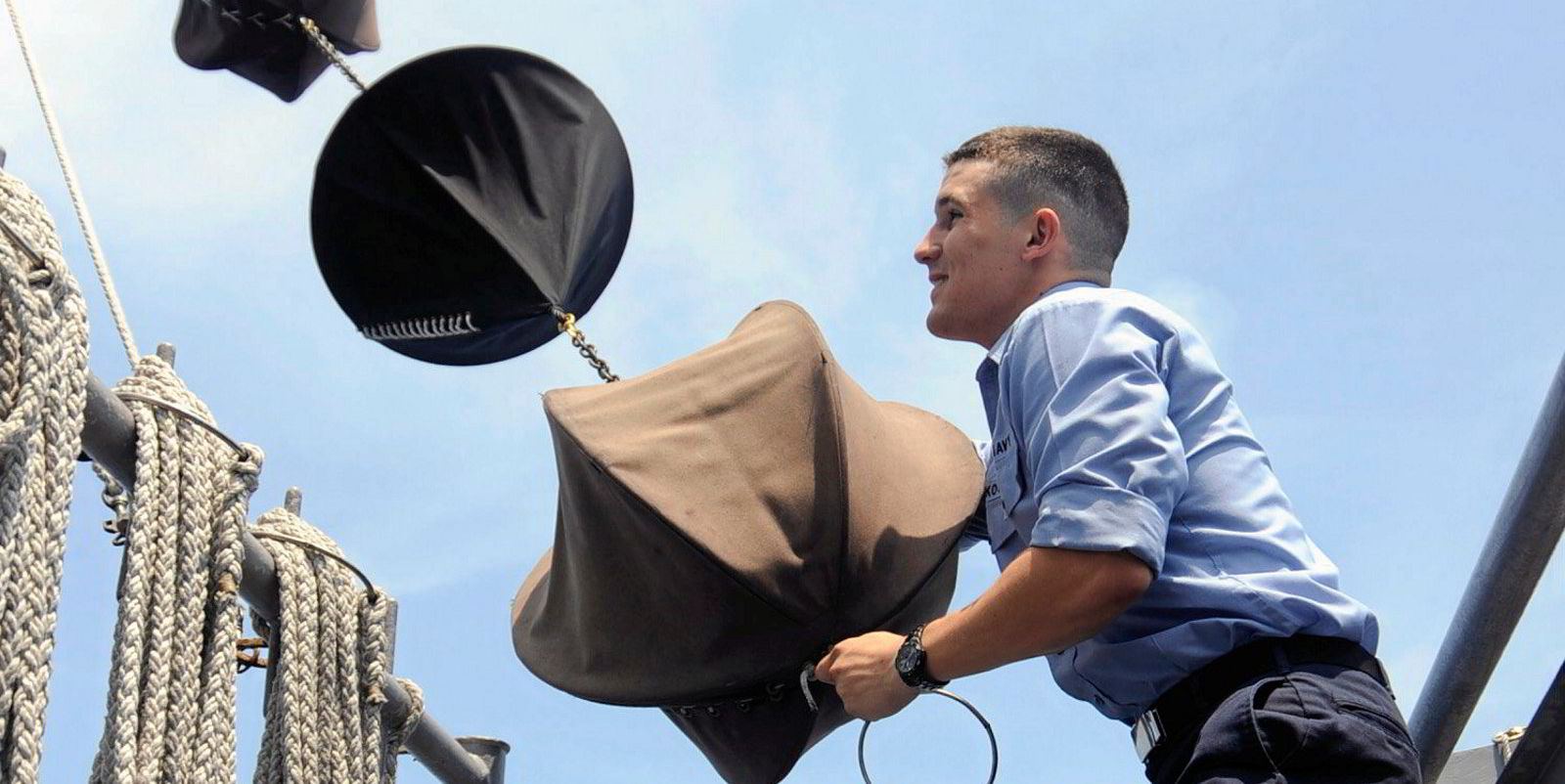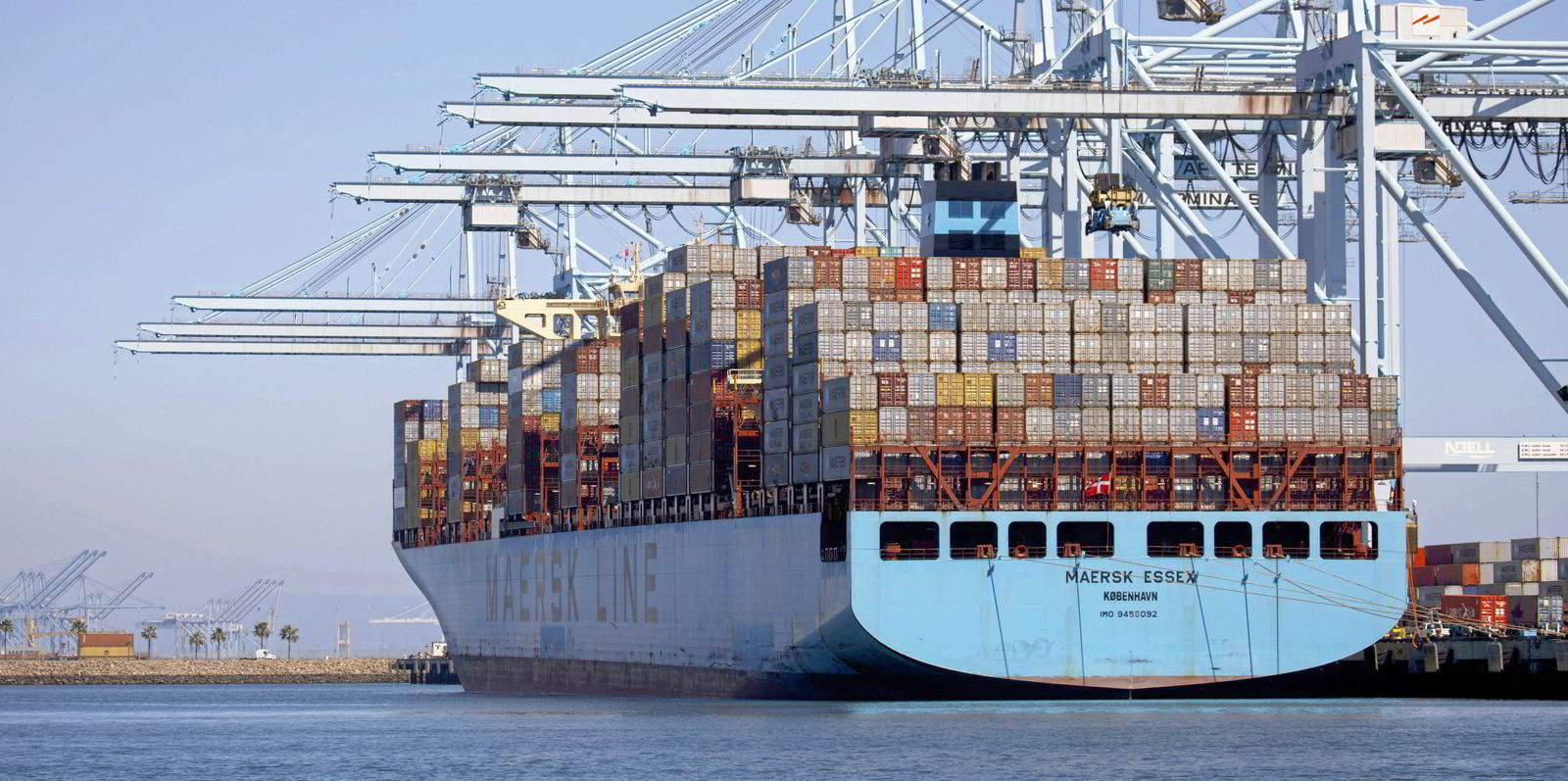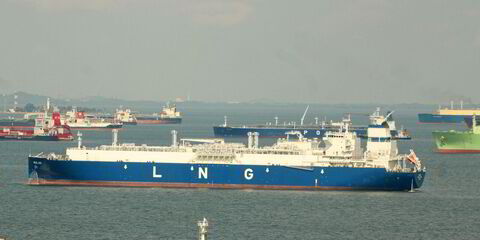Excuse me for laughing when Iran watchers sent out red alerts at the beginning of August, warning that a handful of tankers in close proximity to the hijacked 9,700-dwt bitumen tanker Asphalt Princess (built 1976) may have been the victims of an Iranian cyber-attack.
The cause of this panic was that these tankers drifting in the Gulf of Oman were transmitting that they were “not under command” on their AIS transponders.

The concern was understandable. After all, with the deadly drone attack on the 49,992-dwt product tanker Mercer Street (built 2013), and the subsequent seizure of the Asphalt Princess, the situation in the Gulf of Oman was decidedly tense.
Amid this confusion were five or six tankers broadcasting to the world that they were not under command, which the Convention on the International Regulations for Preventing Collisions at Sea (Colregs) specifies should be used in the AIS context to indicate exceptional circumstances where a ship is unable to manoeuvre, not intentional drifting.
To most lay people, that phraseology indicates something nefarious is happening.
The meaning of the terminology may make perfect sense to the bureaucrats writing the regulations, and security analysts who keep a watchful eye to spot any trouble.
Traditional terminology
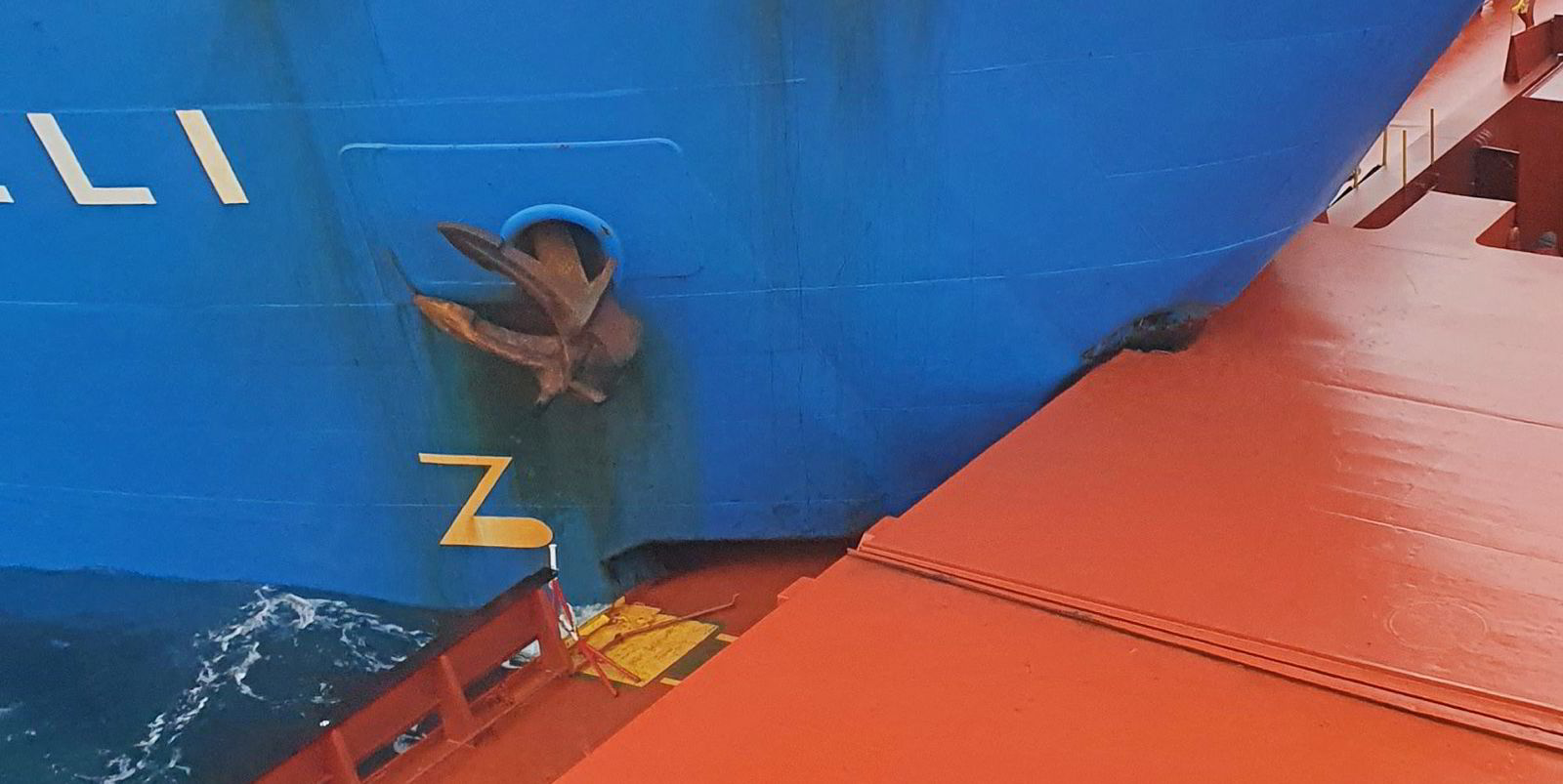
What they should take into account is that seafarers, like anyone else, often use traditional terms, and do not always pedantically follow every single new guidance on how they should speak — especially if that guidance can at times be conflicting.
Across the oceans, there are many drifting ships that indicate they are not under command. Very few have experienced a loss of steering control, engine failure, or worse. In most cases, they are either waiting for a berth or for orders on where to proceed to load their next cargo.
It is easy to understand why most seafarers still say their ship is not under command when, under current official parlance, they are intentionally drifting.
In the days before AIS, there was no distinction for why a ship was drifting. If a vessel was at sea with its engines idle while its anchors were still firmly housed in hawse pipes, it was considered as being not under command.
The master would order the “Not Under Command” signals be hoisted up the mast.
During the daytime, these are two black balls, one above the other, that hang off the yardarm so that vigilant watchkeepers on other ships can see it is not moving and take appropriate action to get out of the way. At night, the balls are replaced by two red lights.
To bridge watchkeepers on an approaching ship, it does not matter why that ship dead ahead is not moving. Their concern is that there is a big lump of steel in their path that will cause major damage if they hit it.
No 'drifting balls'
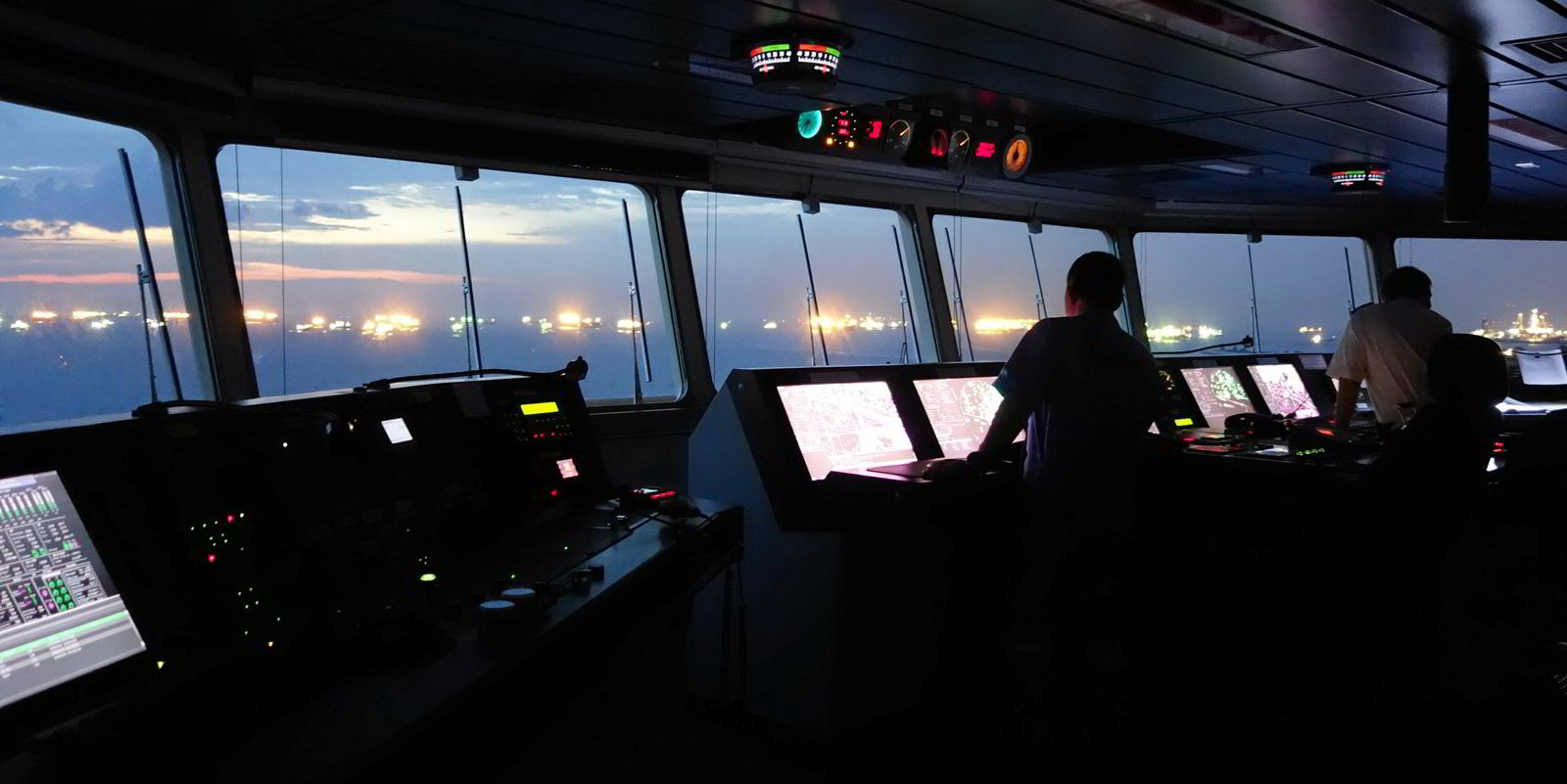
During my brief seagoing career we were always asked to hoist the “Not Under Command” signals when the ship was left to drift. We were never asked to hoist the “Drifting Balls”. They did not exist.
Bridge manuals covering regulations for physical signals still stipulate that the “Not Under Command” signals must be displayed when a ship is drifting. Separate signals to indicate intentional drifting still do not exist.
So please excuse seafarers if they have forgotten that buried away somewhere deep on a page in some other manual there are instructions to use different terminology for what is essentially the same thing on AIS.
And who among us does not revert to more traditional terms such as hoovering the carpet, when we should really say we are vacuuming it?
Please excuse seafarers if they have forgotten that buried away somewhere deep on a page in some other manual there are instructions to use different terminology for what is essentially the same thing on AIS
The whole cyber-attack red-alert saga spread because an open-source intelligence (OSINT) group started tweeting the particulars of ships in the area that had their status set as "Not Under Command".
It is common practice for OSINT groups to conduct their research publicly, and this group tried to walk it back once they realised what was really going on. But, by then, it was too late.
Their tweets went viral when random Twitter users ran with it, which led to some reputable publications picking it up, not realising what "Not Under Command" meant in practice.
As one of my colleagues at TradeWinds said, you cannot put the toothpaste back in the tube.
